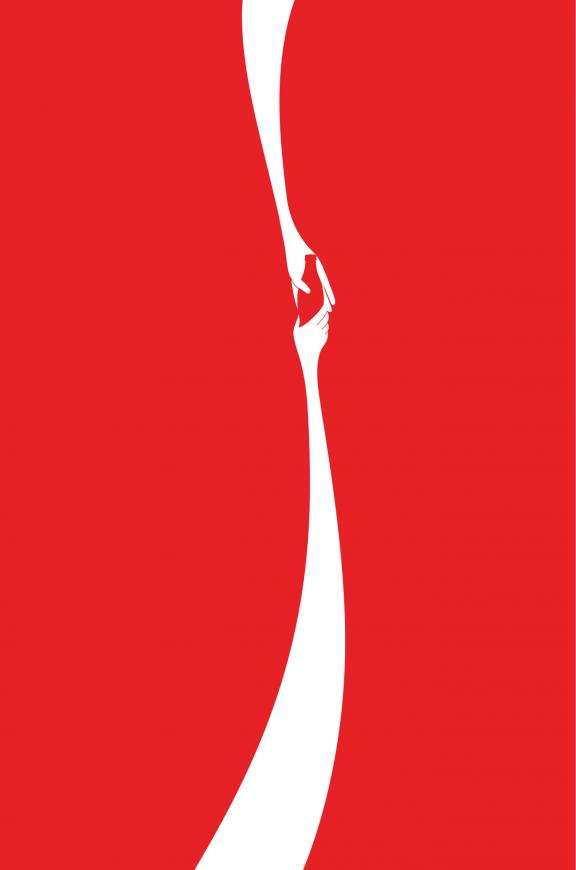India’s population of more than 1.2 billion people speaks a few hundred different languages. 112 of those languages are spoken by more than 10,000 people, and 30 languages in India have over a million speakers.
Then, just take in consideration that more than a quarter of the population is illiterate.
So, if you’re an advertising agency, you have a problem; how are you going to convey your message?
A creative director from Ogilvy & Mather Mumbai gave me two examples on how they approached the problem. Both times, part of the message was carried visually.
His first example was about a campaign, aimed at people to get vaccinated against leprosy. To get a part of the message across, they placed a billboard on two poles, yet one of them was broken.
Another example was a campaign against child labour. It had a little boy statue, carrying a box on his head. The box was tied to a rope, which was tied to a donation box. Every donation made the donation box heavier, so it lifted the box from the boy’s head. A perfect demonstration on what your money would do.
But even if you’re like me, not in, or from India, there’s still plenty of arguments for visual.
It’s worth noticing that the fastest growing social networks of the last years are all visual: Instagram, Pinterest and Tumblr. (Yes, some people write on Tumblr, but it’s a minority.)
Meanwhile, Facebook has increased the size of both cover and timeline images, and stats show that posts that include a photo receive over 50% more likes than those that do not. Same thing is happening on Twitter, where tweets with images are 150% more likely to be retweeted. The new MySpace has a lot more focus on images, and recently also Google+ bolstered its size of images. Then there’s Spotify, not much about text either.
Images are fast, but another thing is that – some symbols excepted – visual is a language that goes beyond language barrier. As Renato Beninatto puts it: “One doesn’t have to speak Italian to be captivated by the Mona Lisa.”

It’s the reason why non-copy advertisements win so many awards; the whole jury can understand it. The representative from the United States, the one from Sweden and the one from Japan. The Coca Cola ad that won the 2012 Cannes Lions Grand Prix is a fine example. It uses no words or logo, but its message and sender are understandable for anyone.
Another fine example of visual delivery are memes. Quickly they’ve become a simple way to express ideas and tell short stories, across a multitude of languages. The more a meme is used, the stronger its in-built context becomes.
Visual is also fast. Really fast. Here’s the front and back cover of Time magazine.

It’s a demonstration of how portable and convenient the iPad mini is, and that you can read Time magazine on it. And it says all of that, using no words. And it says so pretty fast. Imagine you’d have to read all that, while entering the subway. No time for that, really.
Of course, the advent of visual hasn’t killed reading. Detailed stories simply don’t work visually. Steve Jobs was only half-right, and book are still being read, in one form or another. Blogging is thriving, and journalism could be in for a huge boost once newspapers understand that their apps should be more than a pdf of their paper edition.
Sure, some people will stop reading entirely, but for those who don’t, it’s a fantastic time. Personalised content is on the way, and accessibility has never been better. People used to read one newspaper in the morning during breakfast, now they read many more on their way to work, and they’re not all newspapers. I used to read my autosport news in one magazine, now I have several sites for that, one for which I pay.

In 1907, Arthur Conan Doyle, wrote a memoir:
“Reading is made too easy nowadays, with cheap paper editions and free libraries. A man does not appreciate at its full worth the thing that comes to him without effort. A book should be your very own, before you can really get the taste of it. And unless you have worked for it, you will never have the true inward pride of possession.”
I wonder what he’d think of the world we live in today.